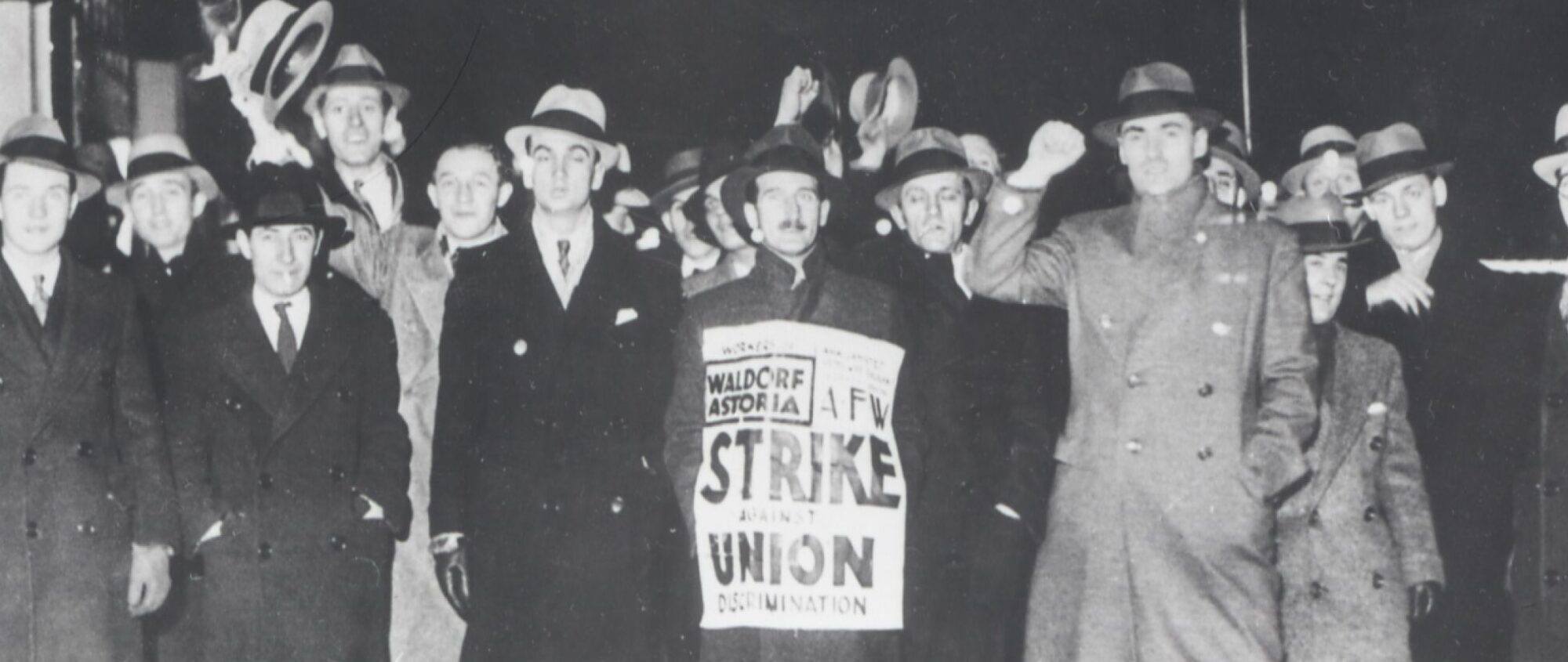A New Low in Social Media
In my never-ending quest to figure what the hell is going on in the social media world and how we can use it to organize for a better world, I’ve been kicking around on Tumblr. I first discovered this thanks to my 17-year-old cousin, whose tumblr (I won’t link to it; you can’t make me) is a mesmerizing mess of “will you date me?” quizzes, Megaman fan art, Topless Tuesday feminist critiques, Topless Tuesday reposts, animated porn gifs, animated Tyler the Creator gifs, animated “SLC Punk” gifs, “open this pit up” memes and other various and sundry glimpses into our younger generation and decaying society.
It’s an animated train wreck that’s hard to look away from. Thankfully, Kate is mesmerized, so I have an excuse to continue to troll my cousin’s tumblr. We’ve actually created our own tumblr, but that’s a secret so you can’t see it.
I’ve discovered that my fancy-pants student edition version of Photoshop allows me to create my own animated gifs. They’re mesmerizing. Here’s a sampling of the fruits of my labor:




Some IT Crowd

This guy, from a commercial in the “Let’s Spend Some Time Together” episode of the Ed Sullivan Show

I even worked in some union content. That’s Norma Rae.

And that’s The Trotsky

That’s duck.


And that’s Numberwang!
Thanks for playing at home. And remember, STAY INDOORS!”
Review: James P. Cannon and Origins of the American Revolutionary Left
Quitting the Socialist Party freed me to commit the twin heresies of reading V.I. Lenin and Michael Harrington. My political perspective hasn’t changed very much, but my perspective has become more nuanced. This leaves me very familiar with American social democratic theory and with the twists and turns of the old Socialist Party, as well as its last major off-shoots, and, thanks to Si Gerson’s library, with the external work and internal factionalism of the Communist Party, at least up until 1960. But the history of the American Trotskyite movement has remained a willful gap in my knowledge, mostly because I tend to find modern-day Trotskyites so interminable.
Bryan D. Palmer’s “James P. Cannon and the American Revolutionary Left” begins to fill in some of that gap. Cannon is best known (to the extent that he’s known at all) as a father of American Trotskyism and founder of the Socialist Workers Party. Palmer’s volume focuses on the period when he was a founder of the Workers (Communist) Party. Along with such odd bedfellows as William Z. Foster and Jay Lovestone, Cannon helped foster a native expression of Marxist-Leninist agitation in America, while navigating intense and ever-changing factional intrigue in the party and the International. As such, it is an adjunct to Theodore Draper’s stalwart “The Roots of American Communism” and a cousin to Edward P. Johanningsmeier’s and James Barrett’s recent biographies of Foster.
I consider Foster my favorite tragic hero; the first truly modern trade union organizer and a brilliantly pragmatic navigator of union structure who cast his lot with the Communists after Lenin endorsed his union work in “Left-Wing Communism: An Infantile Disorder.” In Palmer’s pages, in the first flush of the Third International, when revolution was proved to be possible, the attraction of foreign revolutionary leadership for Cannon and Foster is understandable. It is quite possible that most people on the Left would still be spinning their wheels trying to create new, perfect labor unions if that generation of activists were not directed from Moscow to get dirty inside the bureaucratic AFL unions and organize some new members and strike actions. Equally ironically, the lily-white left might never have evolved past the chauvinism that led good men like Eugene Debs to say dumb things like, “We have nothing special to offer the Negro, and we cannot make separate appeals to all the races,” to take seriously the civil rights of African-Americans without the pressure from Moscow.
But as the Communist International degenerated into a cult of personality around Stalin, national issues in Russia came to dictate what was seen to be in the best interests of the American activists, and led to constant faction-fighting that hobbled much of the party’s potential in the 1920’s. Foster eventually came out on top, losing most of what was best about him and becoming an unrepentant Stalinist. Cannon left at his earliest opportunity and cast his lot with Trotsky.
Much of the book is taken up in documenting temporary alliances like Cannon-Foster, Foster-Bittelman and Lovestone-Ruthenberg. It’s somewhat tedious and distracting from the main action, which may well have been Palmer’s point. (His attention to detail is laudable). The book is at its most exciting in describing Cannon’s International Labor Defense work in support of class-war prisoners like Sacco and Vanzetti, and in describing the intrigue of smuggling Trotsky’s criticism of the 1928 CI proceedings into America and surreptitiously forming the new Socialist Workers Party. That’s where Palmer’s book leaves off. It is clear that there is another volume still to come, documenting the effort to build a new sectarian political party and the lesser-noted work of Trotskyites in the labor struggles of the 1930’s, and that that book is where Palmer’s heart truly lies. I look forward to it, and to continuing my cautious research into American Trotskyism.
Introducing…
I flew back from New Orleans yesterday feeling a little under the weather. Ordinarily, it’s the sort of thing I would power through. But the prospect of also having to push my way through the teeming masses of Super Bowl celebrants (good game, that) just to get in the front door of my office left me with a very definite case of Blue Flu.
On my day off, I helped a very talented local artist set up her personal website. May I introduce to you my wife, Kate Ostler.
Oh, yeah. By the way, this happened while I was neglecting my own website.


